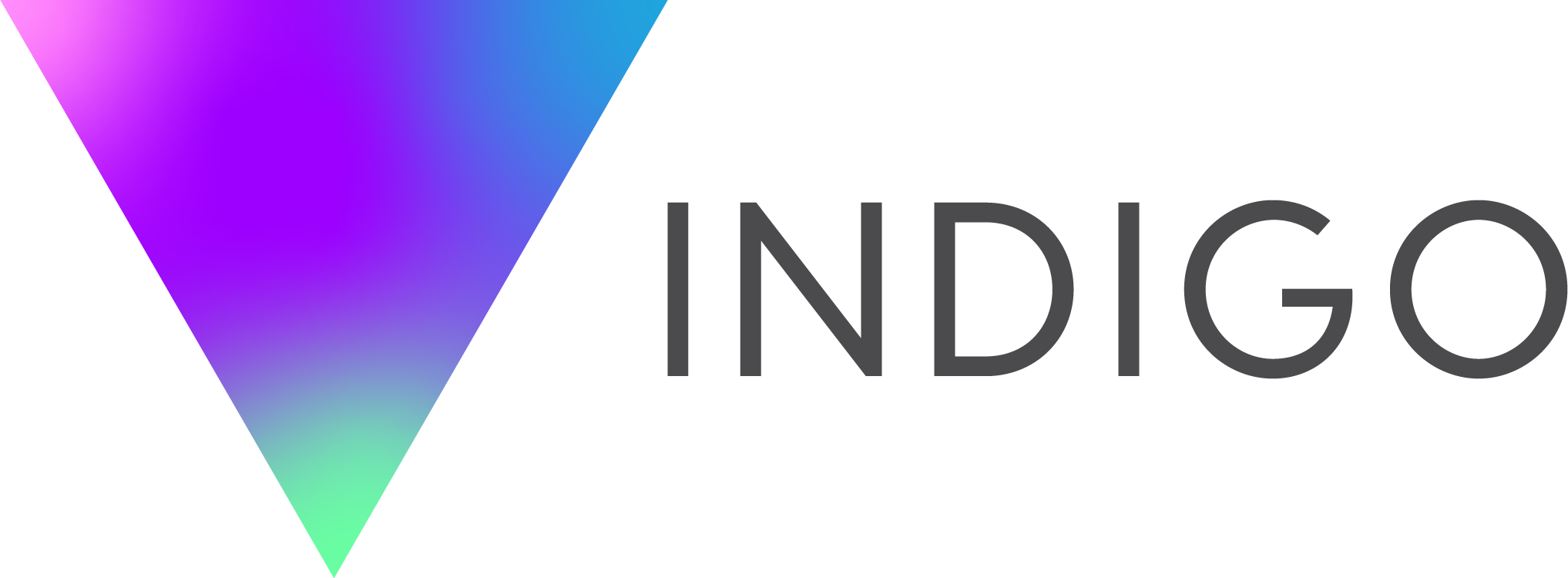Gold in Websites Design for Social Change 2020
Gold in Websites Design for Social Change 2020
Gold in Websites Design for Social Change 2020
Silver in Websites Design for Social Change 2020
Leandro Amorim- Design With Brain and Heart
Creative director at Café.art.br, Founder and curator of the DatavizRio community
by Elizabeth Lavis | 14 Apr 2021



For Leandro Amorim, who spearheads the socially conscious, award-winning design studio Cafe, good design is a perfect blend of intelligence and emotions. “I feel that I’m 50 percent brain, 50 percent heart,” he said. “I’m very logical in my thinking, but I try to create designs that emote.”
Amorim embraces both design and technology to create compelling, intuitive work that focuses heavily on social issues and promoting change.



Amorim’s country of origin, Brazil, factors a lot into his design philosophy and company direction. “Living in such a beautiful yet unequal country has definitely played a major role in my work as well as Cafe’s purpose,” he said. Amorim wasn’t always heavily involved in the design world. He initially tapped more into his logical brain, spending three years studying engineering. “It wasn’t the algebra, calculus, or physics that made me unhappy,” he said. “It as the sense that I was never going to create anything new.” Amorim left his engineering studies and focused his energy on design, a field that he’s thrived in ever since.
Cafe’s core work revolves around projects that have an actionable, real-world impact on people’s lives. Amorim and his team focus heavily on advocacy work and public policy and deals with crucial issues like women’s rights, climate change, and tackling corruption. His favorite project to date is for the Organized Crime Index Africa, which breaks down the severity and types of organized crime across the continent. Amorim’s work was a blend of data and concise visuals. “We did a very thorough investigation,” he said. “We tried many different ideas, and I feel we were able to capture just what the project needed. It’s a great piece of information design and data visualization.”
Amorim’s passion for social justice and transparency shines through in all of his work. “My creative process isn’t linear,” he said. “Everything starts by falling in love with the subject or the potential impact the work has. If we fall in love, then everything else is just a consequence.” After his heart latches on to a potential project, Amorim fires up his brain. “After the love bit, we go through the data, the audience, and the project’s goals,” he said. “We study the theme, break down the project into smaller chunks, and start the UX phase.”
Amorim’s meticulous approach allows him to win his clients’ loyalty and trust, and he has a hard time remembering the last time any of them was truly unhappy. “I don’t think I’ve had really harsh criticism ever,” he said. “I’ve had clients abuse their requests and try to get more than what they’ve paid for, but that’s not harsh criticism.” He credits his smooth client relationships to a collaborative and open process. “We encourage clients to say ‘I hate this’ because then we can completely drop a bad idea instead of desperately trying to fix it,” he said.
Although Amorim adores his work, he’s openly suspicious of new design trends. “I kind of hate design trends,” he said. “I try to steer away from those as much as I possibly can.” Amorim believes that everything influences design, taking inspiration for news, science, and global events. He is a purist when it comes to tools of the trade, preferring to use a pen and paper to get rough drafts of a design down. After the basics, Amorim relies on his MacBook Air. “I use Adobe, Microsoft software, Figma, and the Google Suite,” he said.
Ideally, Amorim would love to see some of his work in action. “We’re working on large-scale projects, mostly at the country, continent, or global level, so it’s hard to see the impact up close and personal.”







